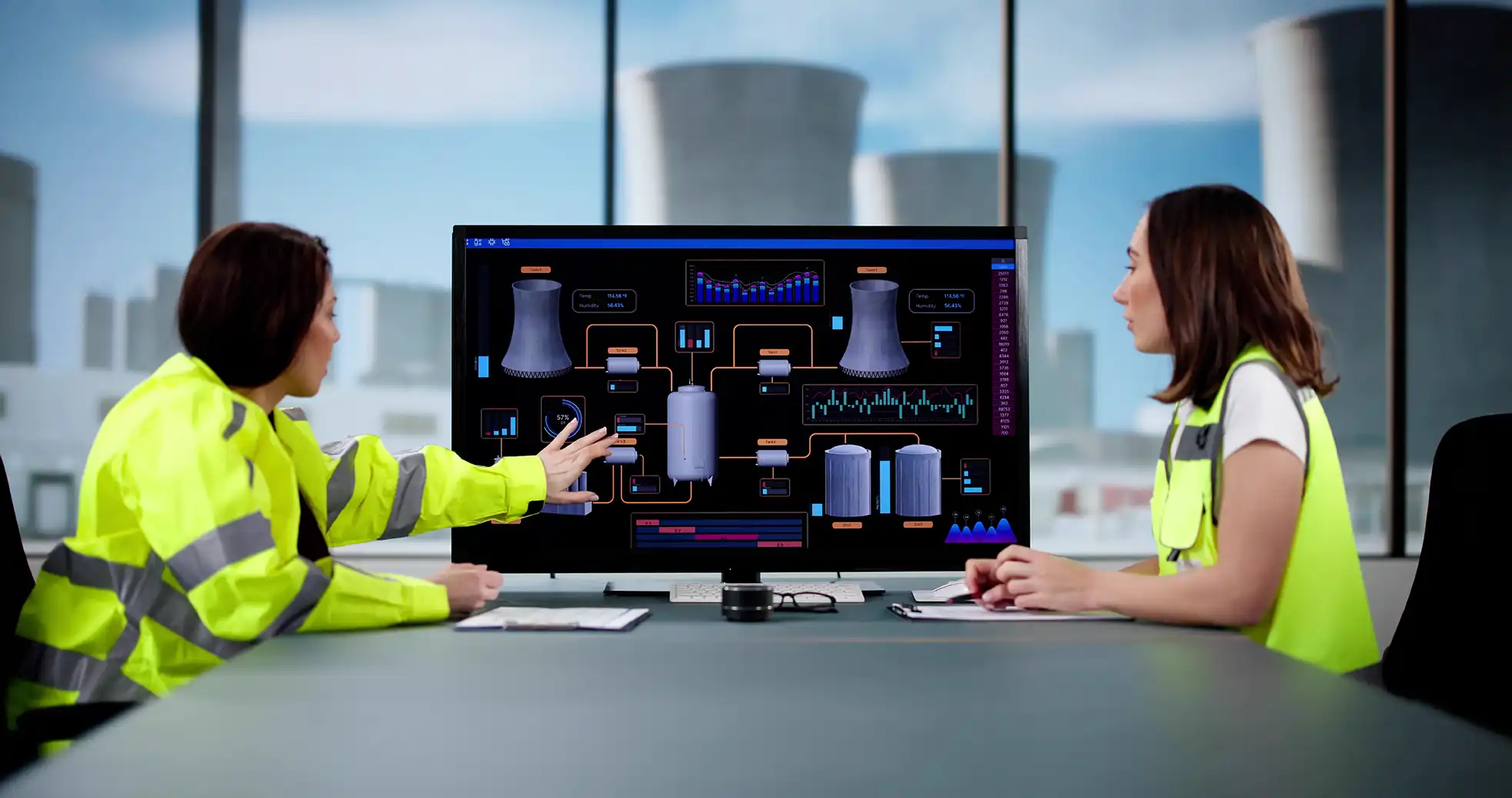Summary of Findings: Professional Development in the Nuclear Workforce
-
Mentorship Programs:
There is a lack of structured mentorship for early career professionals and new hires, resulting in inadequate support for onboarding and knowledge transfer. The absence of clear goals, regular check-ins, and feedback mechanisms in these programs exacerbates the issue.
-
Leadership Development:
Mid-career and high-performing employees are not receiving sufficient leadership training, which hampers their ability to advance in their careers. Employees should be trained to effectively communicate, make decisions, engage stakeholders, and manage risks.
-
Flexible Learning Platforms:
Access to e-learning platforms and modular training programs is needed for all workforce segments, especially those balancing work and education. Expanded access should include interactive content, mobile accessibility, and integration with certification pathways.
-
Competency-Based Training Aligned with SAT:
Competency-based training should be aligned with the Systematic Approach to Training (SAT) to ensure consistent development of competencies for technical staff and operations personnel. This includes job task analysis, performance-based assessments, and periodic requalification.
-
Career Pathways and Succession Planning:
Transparent career pathways that outline progression opportunities, required skills, and training milestones should be made available to all employees with an emphasis on retention and advancement. Succession planning should identify and prepare future leaders through targeted development plans and rotational assignments.
-
Expanding the Talent Pool:
To strengthen the future workforce and drive innovation, recruitment strategies should target individuals across various fields and geographical areas. Key outreach partnerships may include veteran initiatives, career transition services, and minority-serving institutions.
-
Training Continuous Improvement:
Training and human resources professionals should use data analytics to evaluate training effectiveness, identify skill gaps, and guide continuous improvement. Metrics should include learner performance, retention rates, and post-training job performance.
-
Cross-Disciplinary and Cross-Industry Exchanges:
Encouraging exchanges for mid- to senior-level professionals and technical specialists with other industries like aerospace, defense, and digital tech can bring new perspectives and innovative practices to nuclear training. These exchanges can include temporary assignments, joint training sessions, and collaborative projects.
Collaboration Models to Support Professional Development
To support professional development, several collaboration models should be established. Examples include:
Industry–Academia Partnerships: Collaborate with universities and technical colleges to co-develop curricula, offer joint certifications, and provide access to research facilities.
Government–Industry Initiatives: Leverage federal and state programs to fund workforce development, such as DOE grants or apprenticeship programs.
Public–Private Consortia: Form consortia that bring together utilities, vendors, regulators, and educators to align training standards, share resources, and coordinate outreach.
Cross-Sector Learning Networks: Establish learning networks that include professionals from healthcare, cybersecurity, and manufacturing to share best practices in safety, digital transformation, and workforce resilience.
Strategic Response
Click on the cards below for more information about each priority.








